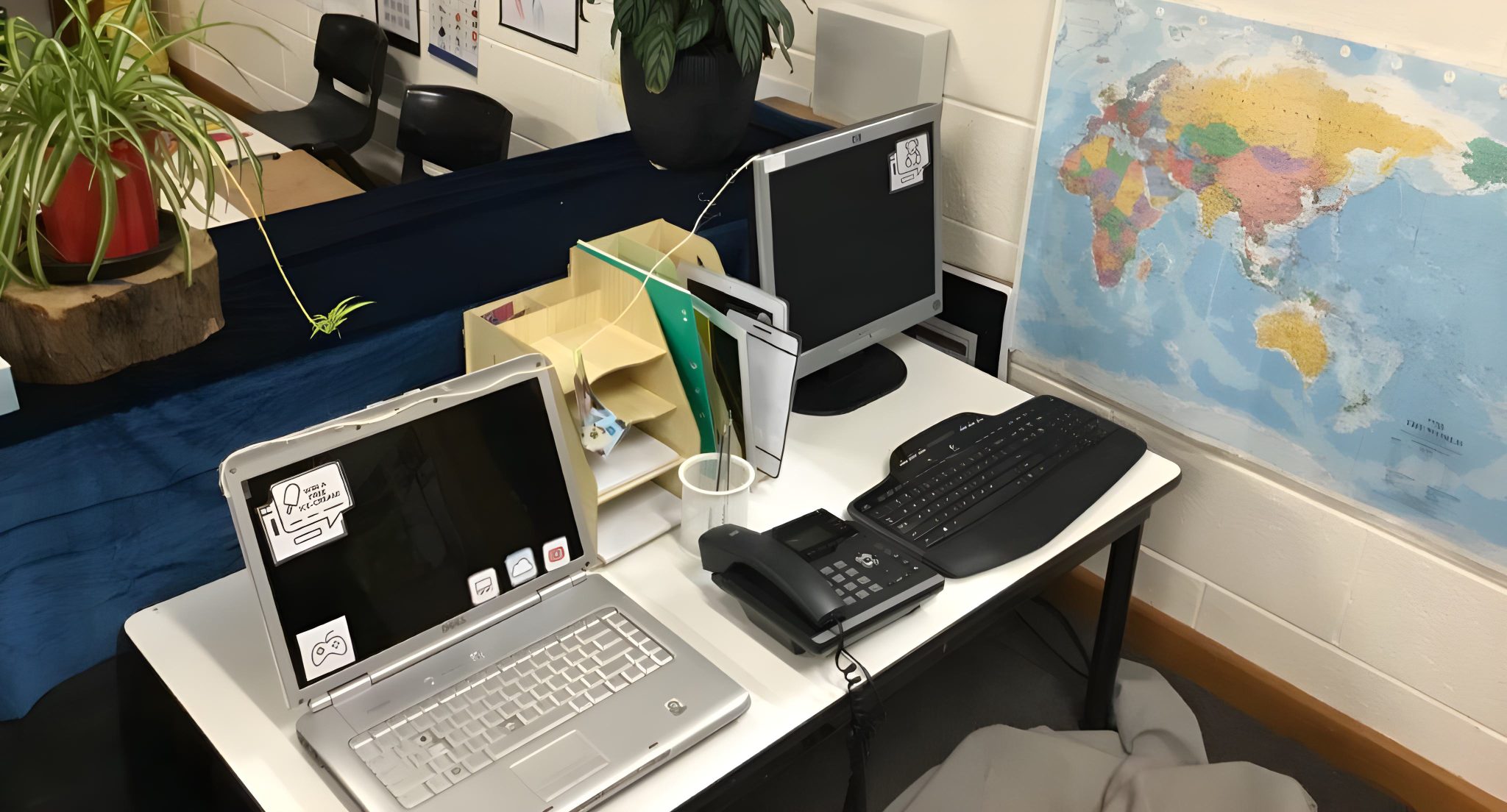What is this about?
Citizenship in digital contexts recognises that young children are active participants in their communities now and into the future. As citizens, young children respect their own rights and those of other people, and develop an appreciation for cultural, racial, gender, and religious diversity. Digital rights, digital privacy, online safety, and cyber-safety education provide a foundation for early citizenship in digital contexts.
Read more about Citizenship hereWhy is this important?
Young children today are growing up with digital technologies and using the internet as part of daily life. When young children and their adults use the internet, it is important that they understand how to look after their privacy, be careful with their data, show kindness to other people, and know who they are talking to and communicating with online.
Which practices support Citizenship?
In our project, we identified five practices that are helpful for supporting young children to learn and develop in the area of Citizenship.
| Practice | Description | Resources |
|---|---|---|
|
Supervising |
Children use internet-connected technologies with filters and passwords applied and always with active adult supervision. Example: Parents implementing expectations that internet-connected devices are used by children in communal spaces, such as the family living room. |
|
|
Modelling |
Children and adults participate in online activities together so that adults can model safe internet behaviours. Example: Adults providing explicit commentary when using the internet with children, such as avoiding advertisements or pop-ups, resisting suggested content, asking consent for taking images, agreeing on who can view and receive images, and deciding whether images, stories, and names can be posted to social media. |
|
|
Knowing |
Children and adults know about the people and data they are interacting with using internet-connected technologies. Example: Parent saying to child, “We know we are talking to Auntie, so this is a safe video call to take." |
|
|
Pretending |
Children participate in pretend play with, and about, the internet. Example: Children and their adults pretend to use the internet to communicate and/or send and receive data using non-working devices. |
|
|
Reading |
Children and adults engage in shared reading of books and e-books about the internet and online safety. Example: An educator reading books about using the internet and online safety with children. |
Also useful
There are other practices which may also be useful for the Citizenship ECA area.
Viewing: Children view digital content with others for entertainment, information seeking, relaxation, physical activity, and/or recreation (e.g., watching content on YouTube for singing, dancing, and/or rhymes with peers and adults).
Young children’s relationships with adults and peers matter in digital contexts
Using: Children use digital technologies to access and share information and to communicate with others (e.g., searching for information with adult supervision and support to find out more about the type of birds observed by children in the garden).
Young children’s relationships with adults and peers matter in digital contexts
Discussing: Children, their peers, and adults discuss, consider, and reflect on digital content and/or the use and application of technologies in context (e.g., children and adults considering media classifications when selecting digital content).
Young children’s relationships with adults and peers matter in digital contexts
Acknowledging: Adults notice and recognise children’s interests in and experiences of using digital technologies and interacting with digital media and popular culture (e.g., an educator noticing a child’s interest in their favourite program and providing an opportunity for a short viewing of the program with peers).
Play and pedagogy promotes young children’s exploration, social interaction, collaboration, and learning in digital contexts
Interpreting: Children interpret their experiences with digital technologies and media through play and in discussion and collaboration with others (e.g., children and their educators creating and recording mini-episodes of a child’s preferred program).
Play and pedagogy promotes young children’s exploration, social interaction, collaboration, and learning in digital contexts
Integrating: Children and adults integrate digital technologies with non-digital media and/or experiences (e.g., children using an augmented reality app about dinosaurs in conjunction with hands-on materials including blocks and toy dinosaurs).
Play and pedagogy promotes young children’s exploration, social interaction, collaboration, and learning in digital contexts
Inspiring: Adults and children share digital content to initiate non-screen activities, such as searching for active play ideas, craft, cooking, or developing new physical activity interests (e.g., a parent and child looking up an online recipe to bake a cake together).
Young children’s health and wellbeing is actively supported in digital contexts
